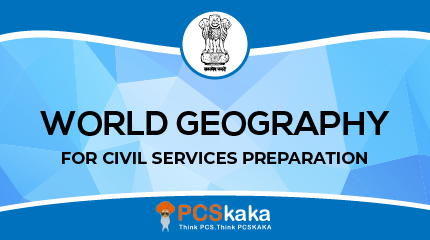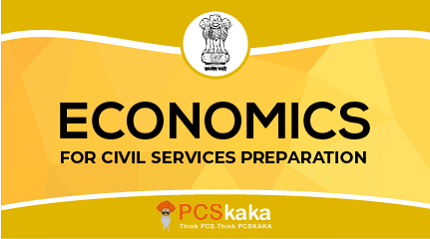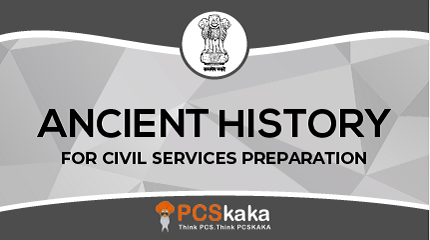

1. Balance of Payments is defined as:
The value of exports minus the value of imports.
The difference between the liabilities and assets of a firm.
The difference between current expenditure and current revenue in the government budget.
Complete record of all economic transactions between the residents of a country and rest of the world.
2. The Devaluation is:
Reduction of prices
Deficit Financing
Loans from World Bank and I.M.F.
Reduction in the value of currency in terms of gold.
3. Indian economy is characterised as:
Backward Economy
Developed Economy
Developing Economy
Underdeveloped Economy
4. National Income of India is estimated by:
Planning Commission
Ministry of Finance
Central Statistical Organisation
Reserve Bank of India
5. NAFED is connected with:
Animal husbandry
Conservation of fuel
Agricultural marketing
Agricultural implements
6. Who amongst the following benefits most from inflation:
Creditors
Debtors
Savings Bank Account Holders
Government pensioners
7. The Growth Centre Approach was adopted under the:
First Five-year plan
Second Five-year plan
Third Five-year Plan
Fourth Five-year Plan
8. The Hindu rate of growth refers to the growth rate of:
Per Capita Income
National Income
Population
Literacy
9. Which one of the following is NOT a method to control inflation?
Controlling the demand
Controlling the supply of money
Reducing the rate of interest
Rationing of commodities
10. Assertion (A): Indian economy has moved to a higher average GDP growth rate in the last 15 years. Reason (R): The saving ratio has consistently increased in this period. Codes:
Both A and R are true and R is the correct explanation of A.
Both A and R are true, but R is not the correct explanation of A.
A is true, but R is false.
A is false, but R is true.
11. The Meera Seth Committee was concerned with:
development of handlooms
gender bias in employment
the abolition of the child labour
the welfare of the working women
12. According to the 10th Finance Commission, the share of States in the divisible pool of taxes will be:
23 per cent
29 per cent
34 per cent
42 per cent
13. Which one of the following is the correct estimate of the capital-output ratio for the Ninth Five Year Plan:
6.0
5.5
5.0
4.0
14. Devaluation of currency means:
Reduction in the value of a currency vis-à-vis major internationally traded currencies
Permitting a currency to seek its worth in the international market
Fixing the value of a currency with the help of IMF and WB
None of the above
15. At present, the contribution of agriculture to the national income of India stands at:
33 per cent
44 per cent
55 per cent
61 per cent
16. The largest item of expenditure in the current account of the Central Govt. budget is:
Defence expenditure
Subsidies
Interest payment
Expenditure on social services
17. Consider the following statements about Amartya Sen’s advice regarding priorities for Indian Economy: 1. It should be commodity-oriented. 2. It should be people-oriented. 3. Economic security to the poorest of the poor. 4. Safeguards against integration of these with world economy. Of these:
1, 2 and 3 are correct
2, 3 and 4 are correct
1, 3 and 4 are correct
1, 2 and 4 are correct
18. National Development Council is mainly concerned with:
Approval of Five-Year plans
Implementation of rural development schemes
Preparation of development projects
Centre-State financial relations
19. Assertion (A): Economic growth in India has generally remained stagnant for the last ten years. Reason (R): Food grains production has not increased for several years. Choose the correct answer using the codes given below:
Both A and R are true and R is the reason for A.
Both A and R are true, but R is not the reason for A.
A is true, but R is false.
A and R are false.
20. Which of the following causes have been mainly responsible for the slow growth of real per capita income in India? 1. Rapid rise in population 2. Rapid rise in prices 3. Slow pace of progress in agricultural and industrial fields 4. Non-availability of foreign exchange Find the correct answer from the codes given below: Codes:
1 and 2 only
1 and 3 only
1 and 4 only
All of the above

12 Total Test
360 Total Question
Scientifically designed for PCS
A must have for Civil services aspirant
IAS PCS SCC and others

75 Total Test
2250 Total Question
Scientifically designed for PCS
A must have for Civil services aspirant
IAS PCS SCC and others

69 Total Test
2070 Total Question
Scientifically designed for PCS
A must have for Civil services aspirant
Timer for time management